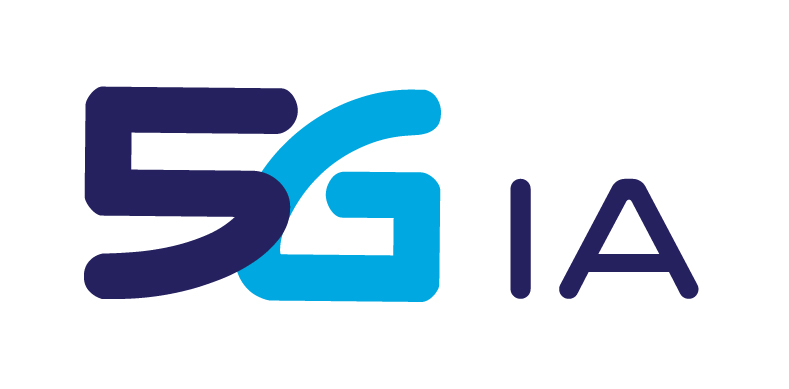

- About us
- Getting Involved
- Plans & Papers
- Events
- European 5G Activities
- Media & News
- Contact
5G-ENSURE takes first steps towards a trust model for 5G networks
The characteristics of the 5G use cases are quite different from any previous generation network, which implies that the 5G trust model must be carefully analysed and defined. The trust model used in networks up to and including 4G has been relatively static over the last 20 years, involving actors such as the user/subscriber and two network operators (home and serving). However, we note that even in this seemingly simple case, the actors and trust relationships are complex and the complete trust model for 4G has never been defined.
Facilitating Trust In the Dynamic 5G Environment
A 5G trust model is required to assist in the design and operation of 5G networks. The security enablers and architecture being developed in the 5G-ENSURE project need to enable and facilitate trust in the dynamic 5G environment, taking into account human and machine factors. This document takes a first step towards defining the actors and business models for 5G and the trust and liability model between these actors, supporting the identified business use cases.
5G-ENSURE Trust Model for 5G Networks
The 5G-ENSURE Trust Model (draft) takes the first steps towards such a trust model. It defines related terminology as trust modelling requires precise and commonly understood terms of reference. The document then goes on to review the state of the art in trust modelling, from both a human and machine perspective. The analysis focuses on human trust factors, which are essential components of 5G network scenarios, reviewing also what the options are and the indicators for trustworthiness of other entities, whether they are humans or machines. Finally, the document looks at trust and trustworthiness by design techniques which we recommend for use both during the design of 5G and when changing the design of a 5G deployment by adding or removing elements.
Read more here.
About 5G-ENSURE
5G is the new mobile standardisation effort focusing on the convergence of telecom and IT to develop a ubiquitous infrastructure that offers higher capacity to customers and creates new opportunities to interconnect smart objects. There will be a massive number of devices (e.g. sensors, actuators and cameras) with a wide range of characteristics. Integrating these heterogeneous technologies poses new security challenges towards a secure, reliable and dependable infrastructure. Networks will have to cope with a very dynamic and flexible environment consisting of virtual resources that can be instantiated and released on demand to meet the users’ demands and the connectivity requirements. The heterogeneous nature of the new networks, devices and services will raise a lot of security concerns, such as trust and privacy, that have to be addressed to enable wide deployment of 5G services and especially enhance user acceptance.
The 5G-ENSURE project brings to the 5G PPP a consortium of telco and network operators, IT providers and cyber security experts addressing priorities for security and resilience in 5G networks. The project has received funding of just over 7.5 million EUR out of a total 3.5 billion EUR for the 5G PPP initiative. It will:
- Deliver strategic impact across technology, business enablement & standardisation.
- Develop a set of non-intrusive security enablers (AAA, Privacy, Trust, Monitoring, Network Management and Virtualization Isolation) for the core of the 5G Reference Architecture.
- Define a 5G Security Architecture needed to expand the mobile ecosystem giving operators a platform for entirely new business opportunities.
- Initiate a 5G Security test bed vision and initial set-up in which the security enablers will be made available and demonstrated
5G-ENSURE will define a shared and agreed 5G Security Roadmap with various 5G stakeholders. The outcome will be a trustworthy 5G system offering reliable security services to customers with a “zero perceived” downtime for service provision.
http://5gensure.eu







Share On